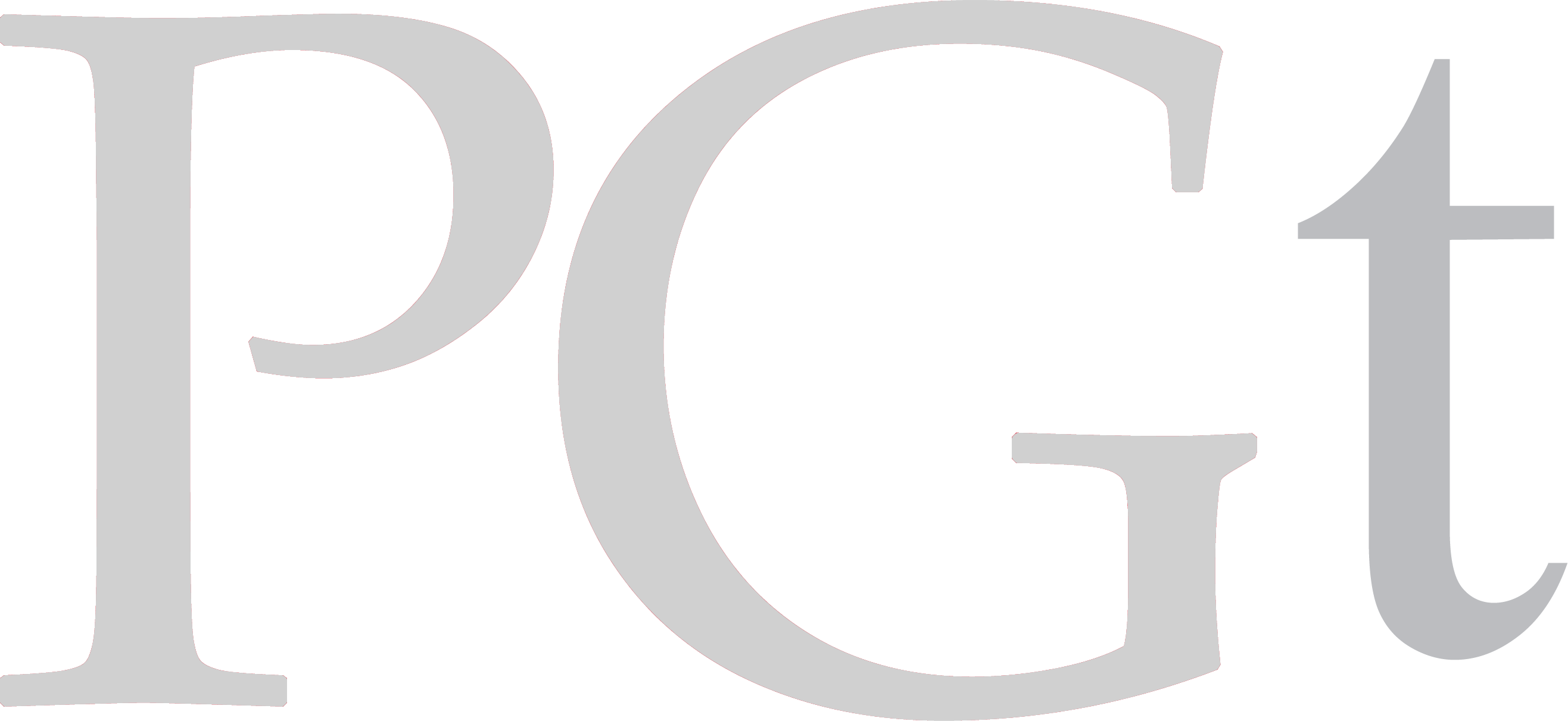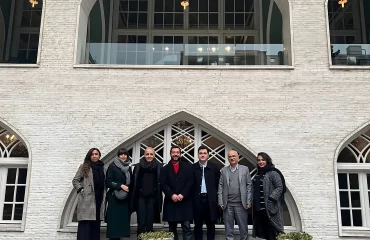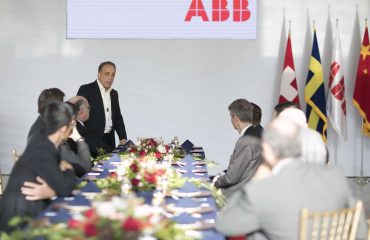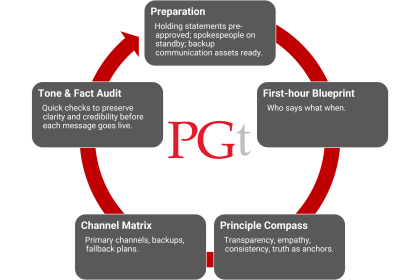
Stories rally morale. Frameworks prevent mistakes. This turns wartime comms from inspiration into an executable plan.
In wartime, communication isn’t neutral. It either stabilizes or it spirals. Public relations tends to reach for a familiar playbook: craft a stirring story, set the tone, call for unity. That’s morale work. But when the clock is loud and ambiguity is lethal, the story alone isn’t enough. Leaders, teams, and communities need to know what to do, not just why to feel something.
Narrative vs. Guidance
Narrative-driven PR describes what was done: “We stayed vocal,” “We stood firm,” “We aligned with the national spirit.” Useful for reflection; thin on execution.
Guidance-driven PR deconstructs the path: who speaks first, which channels go live first, how to verify in chaos, how to adjust tone as conditions shift. It gives decision support under pressure. It’s the difference between admiring a map and holding the compass that gets you out.
Why Frameworks Matter in War
In peacetime, elegant storytelling can suffice. In war, clarity of action is survival. Every hour without a plan lets misinformation fill the vacuum, rattles stakeholders, and burns trust. Frameworks convert principles into moves: they make speed safe.
A Lean Wartime PR Playbook
Brands can prepare by building detailed playbooks that define spokespeople, approval paths, and pre-approved holding statements; running crisis drills that simulate high-pressure decisions; mapping channels in advance (primary, secondary, fallback); agreeing on non-negotiables like “we don’t release unverified claims”; and studying past wartime communications, both the wins and the face-plants to adapt what works. Write and approve your first-hour statement now; in war, you won’t get the 20 minutes you need to wordsmith it later.
Lessons From the Field
Global and local cases show the gap between being ready and scrambling:
- Ukraine, 2022: Daily leader videos → fast, human, multi-channel cadence → filled the information vacuum and galvanized allies.
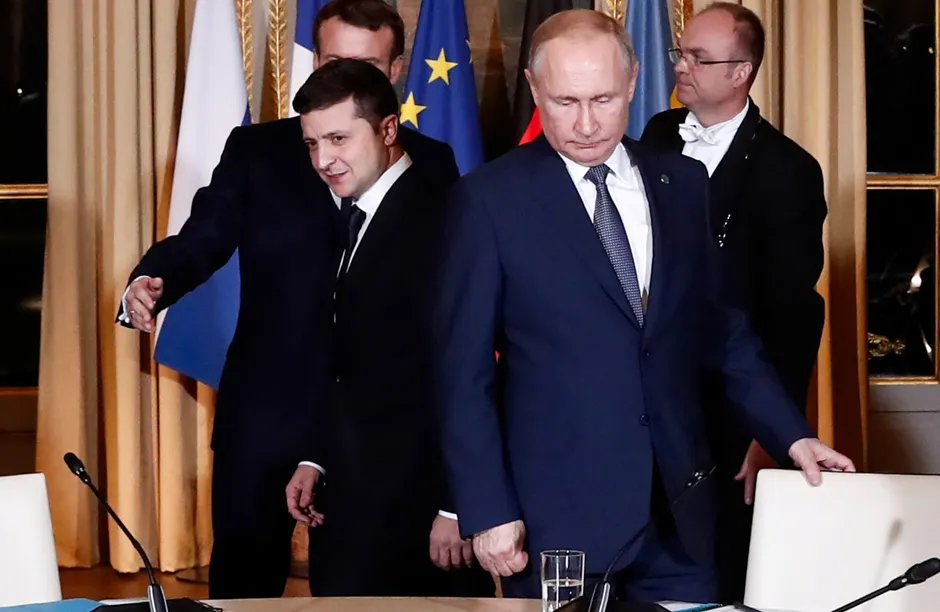
- Iraq, 2003: Denial-heavy briefings → tone clashed with visible reality → credibility imploded in real time.
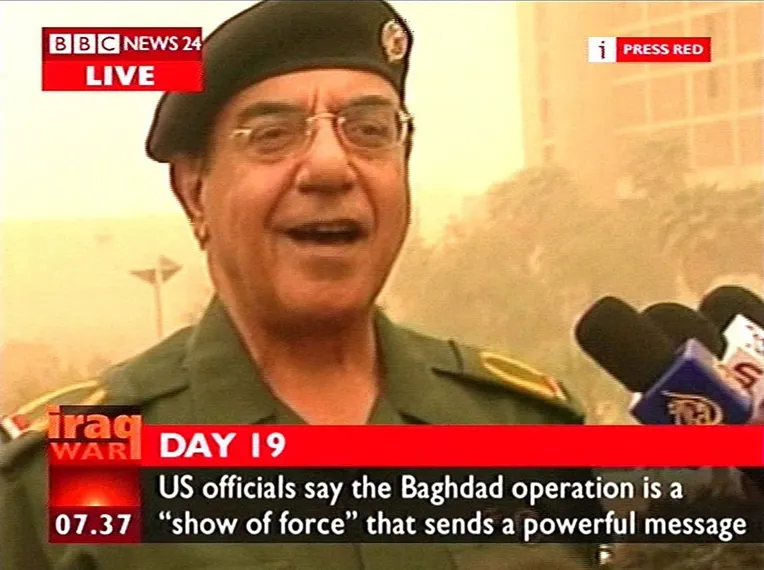
- Global brands in the Russia–Ukraine war: Immediate, values-aligned actions (suspensions, support for employees and civilians) → reputational resilience; hesitant neutrality → boycotts and narrative loss.

- IKEA amid conflict: Rapid operational exit paired with clear commitments to staff → values over profit, credibility retained.

- Iran–Israel escalation (recent): Multinationals and local brands prioritizing employee safety (remote work, travel halts), pausing promotional campaigns, and communicating continuity plans across broadcast, SMS, and owned channels → trust signals in a volatile window; brands that went silent ceded the story to rumor.
At PGt, our first‑hour focus is simple: reduce noise, show control, and protect people. We quickly align the decision‑makers, establish one clear place for updates, and issue a short factual note that acknowledges the situation and sets the next update time.
We keep approvals lean and the voice consistent so the organization speaks as one across internal notes, the website/newsroom, and a single pinned social update. Then we move to a predictable cadence and watch for misinformation so we can correct fast, without fueling speculation.
The Real Measure of PR in Wartime
Storytelling gives meaning; frameworks give control. The best wartime communications do both: they move hearts and prevent errors.
If you don’t have a first-hour plan, you don’t have a plan.
Need a first‑hour plan you can actually execute? PGt helps leadership teams move fast without guesswork. Ask for our one‑page First‑Hour Crisis Checklist or book a 60‑minute tabletop drill to see the playbook in action.
Written by Alireza Mohafezatkar

